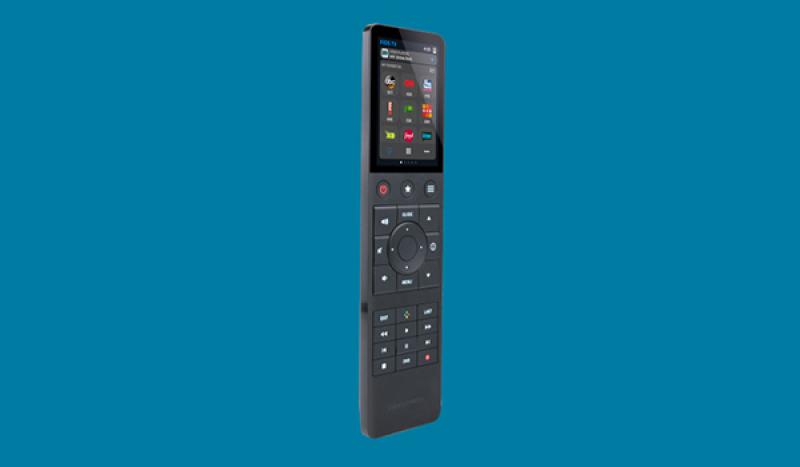Most folks are quite familiar with the venerable hand-held remote control and manufacturers supply a basic unit with the purchase of every new Audio-Video Device. That being said, most folks don’t actually understand how they function. Accordingly, I’d like to take everyone on a magical mystery ride a provide a more in-depth overview of how these gadgets work.
IR Remote Controls:
IR (infrared) is the simplest type of control protocol utilized. IR based remotes are the most plentiful type in the market. However, they do have a rather serious drawback when compared to other control protocols. Most professionals refer to IR based remotes as “Pray & Spray”. One points the remote in the general direction of the equipment and again, prays that all the needed signals arrive at the designated equipment. Actual outcomes are varied. Oftentimes, they are exasperating. Another limitation of IR based remotes is that they cannot control hidden devices and are line-of-sight. So if your equipment is behind a cabinet door or located in a remote equipment rack, you will not be able to easily control these devices.
RF Remote Controls:
RF or Radio Frequency remote controls work just like your radio and these types of signals can work through walls or cabinet doors. RF requires an additional receiver, which converts the RF Signal to IR and sends it along to the designated AV Devices. At a minimum, we strongly urge clients to go with RF-based remote systems.
IP & RS-232 Remote Controls:
IP (Internet Protocol) and RS-232 are more advanced, provide Two-Way Communication and something called feedback (fb). In the above IR instance, how does one respond when a button press, on your remote, doesn’t produce the intended results? Most folks tend to go a bit crazy and start pressing all manner of buttons and most especially the Volume button. Truly Bad Form and one that can lead to catastrophic results, including speaker failure. You may be asking what so important about this Two-Way stuff and feedback. Well, when a command is initiated, the receiving device responds with the “actual results” of that press. You are notified of the selected Device (Cable Box, Apple TV, etc) you can also receive the present volume level and if the speakers are Active or Muted. Streaming music devices can provide Album Artwork, Song Title, and Artist. Clearly, this is a far richer environment and one that provides real-time information to the end-user. Two-Way Communication is far superior to other protocols and the way to go, when possible.
For more info on these and other technologies reach out to us at 561.391.1843
https://www.crestron.com/en-US/Products/Featured-Solutions/Crestron-Home











